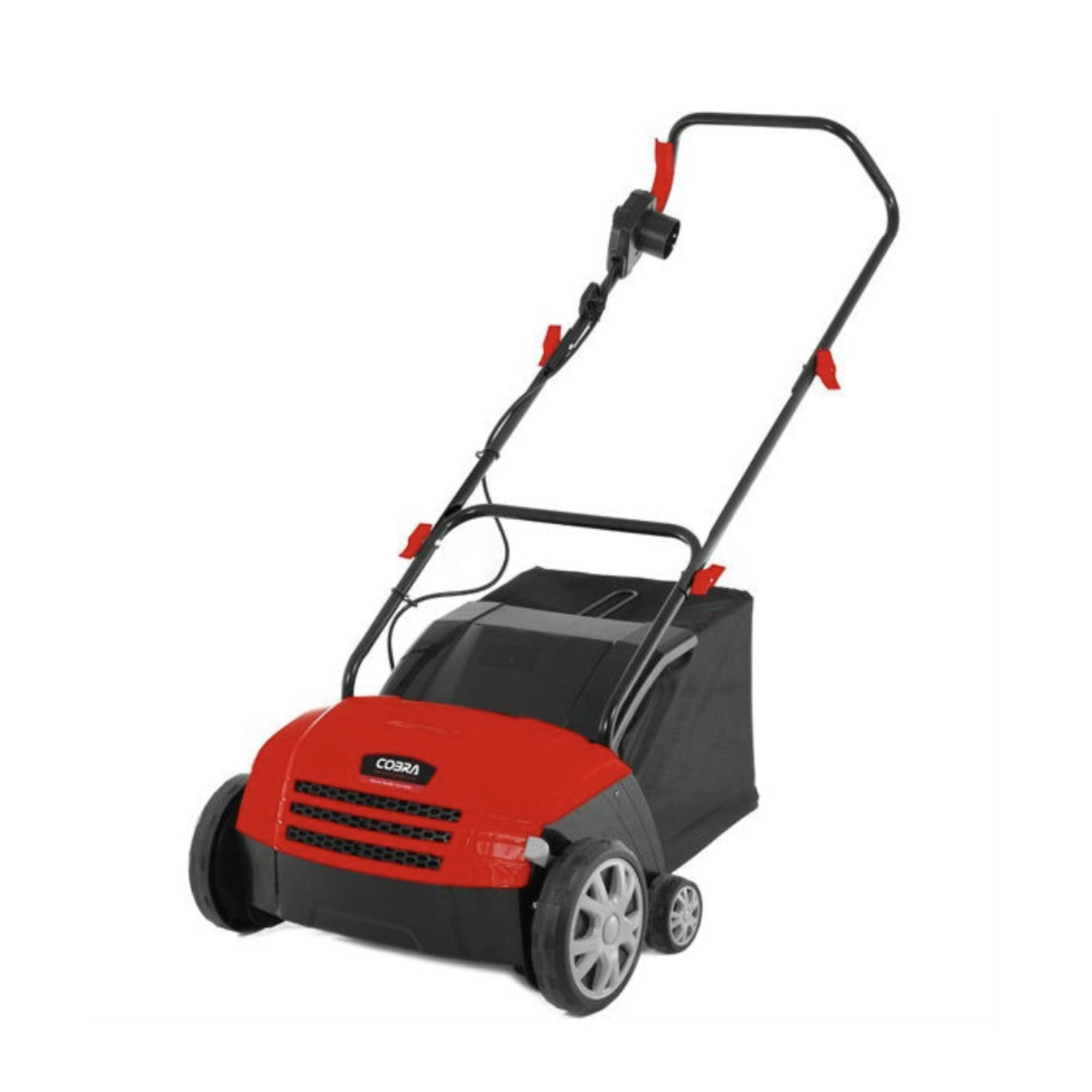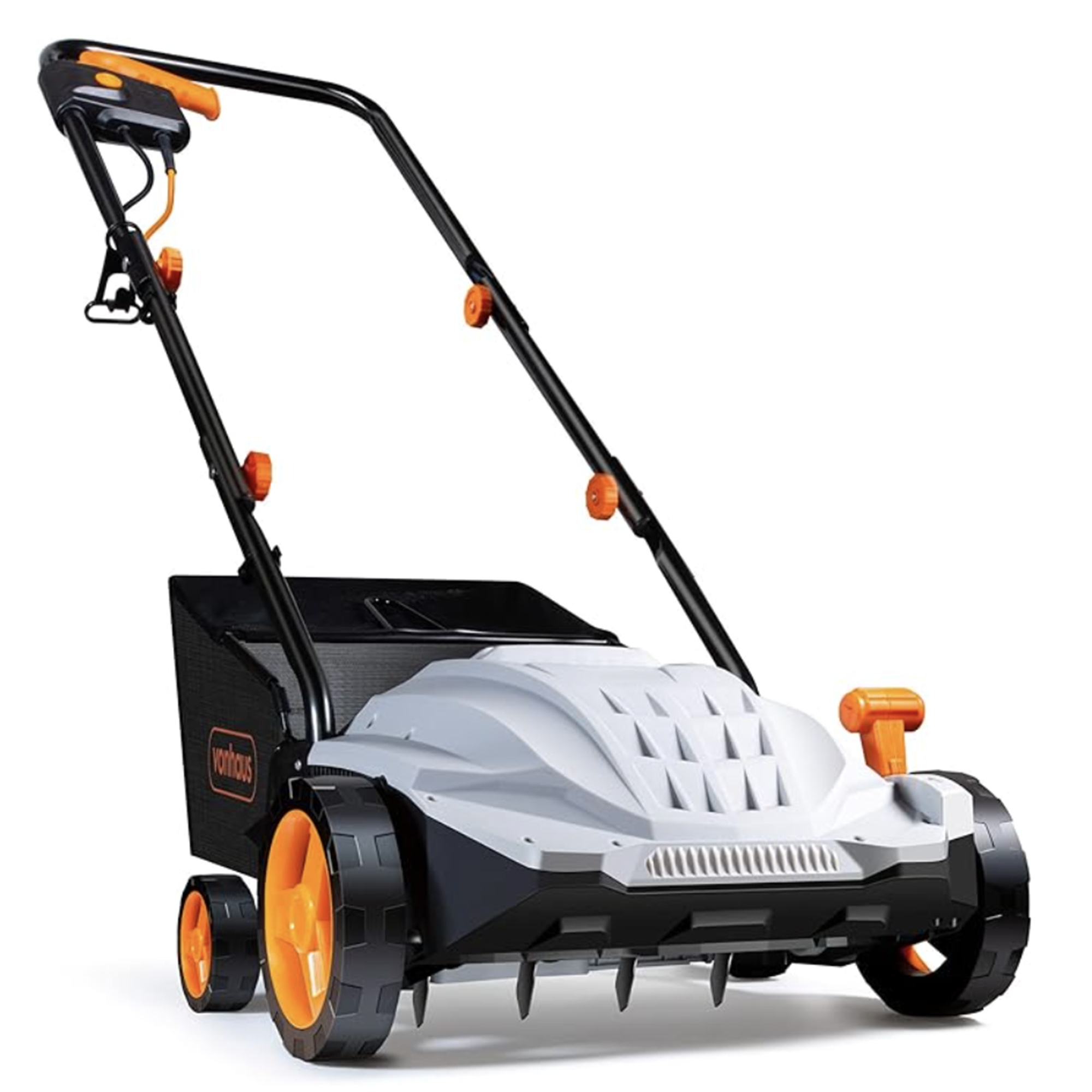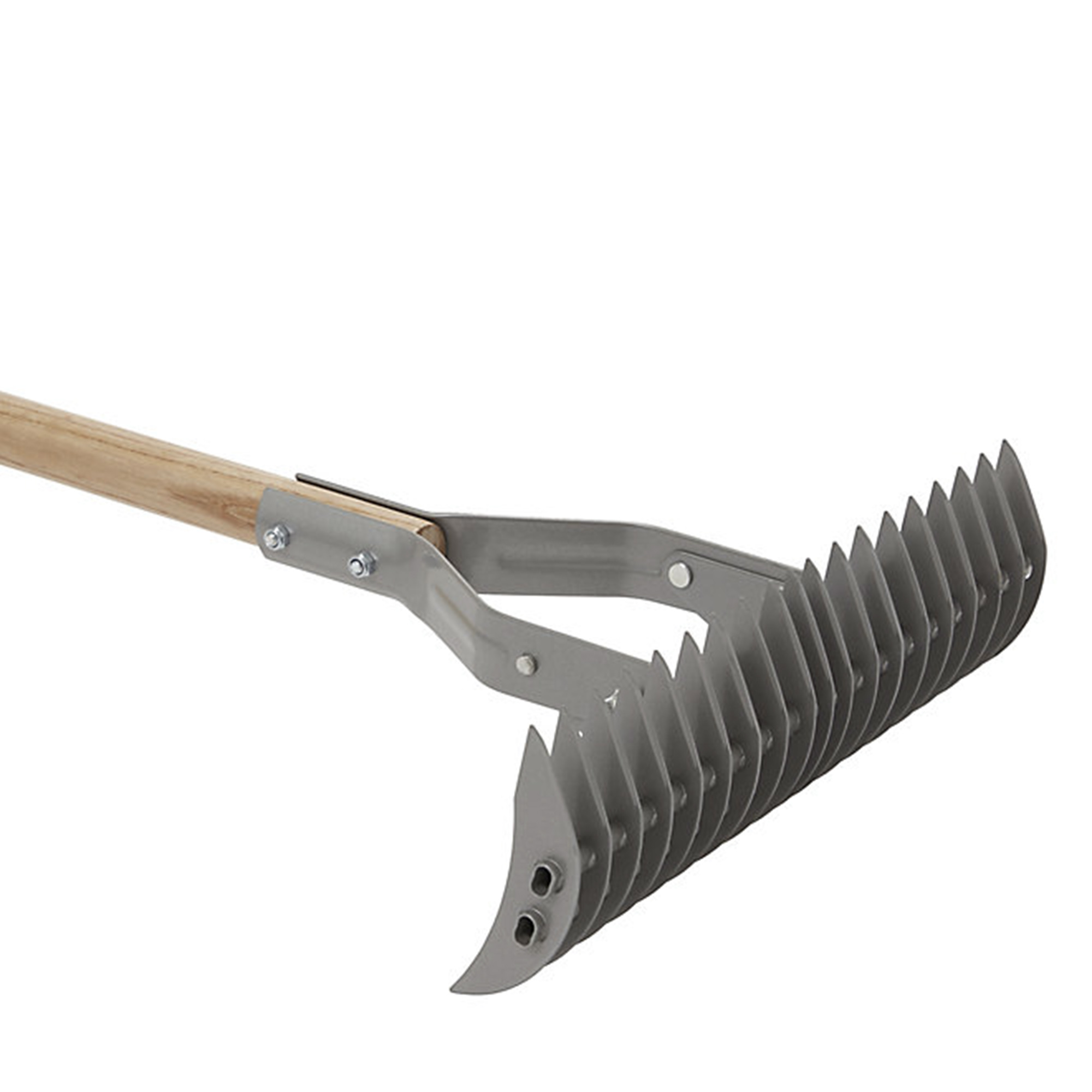Garden experts reveal how to get rid of moss in lawns — with methods to treat it naturally and chemically
Wondering how to get rid of moss in lawns? We're here with some expert advice on the best ways of eliminating and preventing this pesky problem
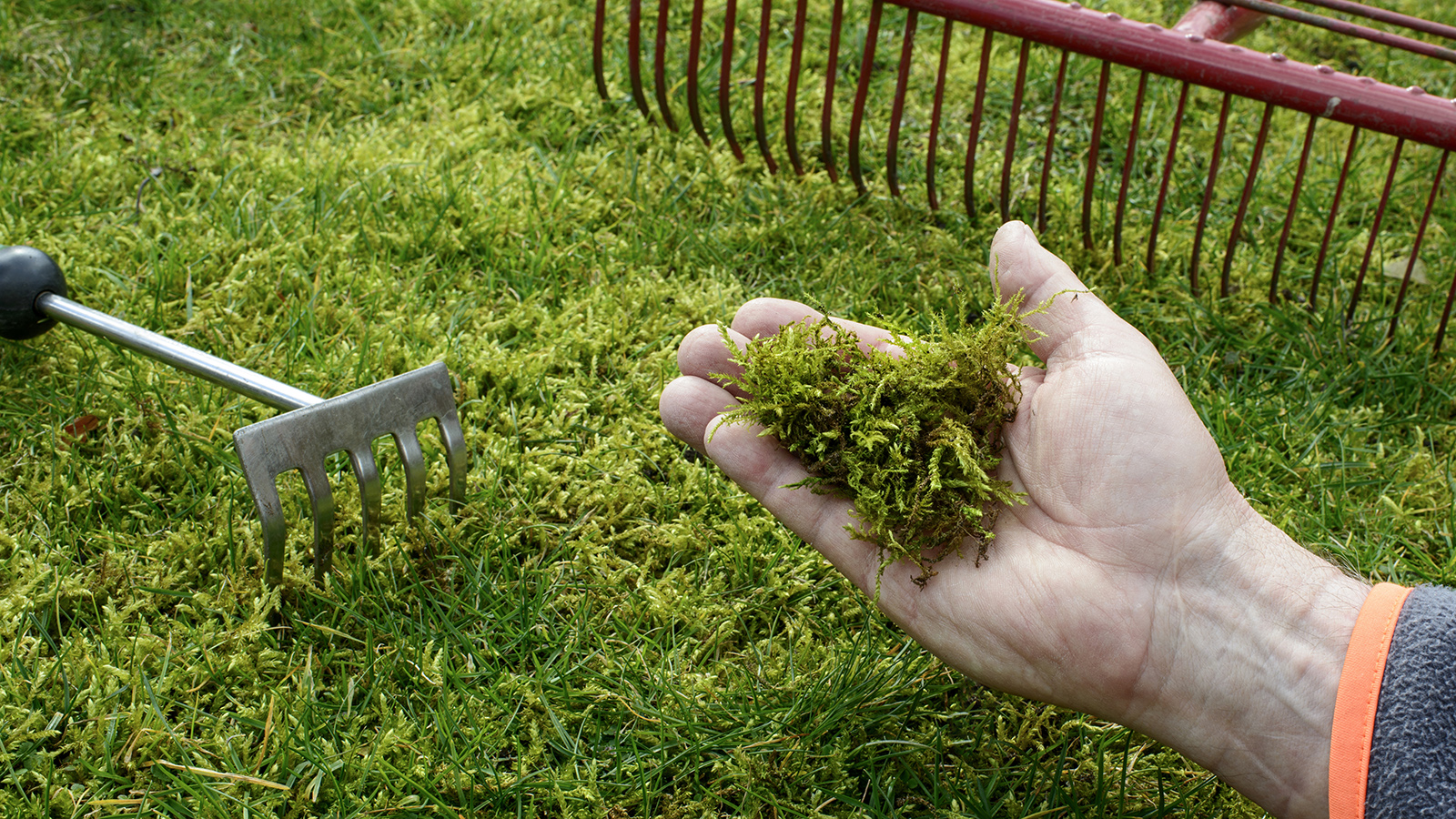
It's possible to learn how to get rid of moss in lawns, but I have to share an unfortunate truth, much like with lawn weeds, it's not possible to permanently eradicate the problem.
Don't despair however as it's possible to learn how to treat moss in lawns in a way that fixes the conditions which allow moss to thrive, and treat existing problem patches.
After a wet winter, you may notice that moss is more present than you'd like. Lawn care experts outline the safe and effective methods to tackle infestations and kill moss in a natural, safe and environmentally friendly way.
1. Test the pH of your soil
Fiona Jenkins, lawn care expert at MyJobQuote explains that moss thrives in acidic soil. Which might explain the presence of it in your lawn. It's easy to test your soil pH with a home testing kit like this 3 in 1 Plant Soil Testing Kit at Amazon.
If you find that your lawn is on the acidic side she suggests you may need to add some lime if necessary to raise the pH level. Westland 20600101 Garden Lime Soil Conditioner at Amazon can be sprinkled on the surface of your grass to improve acidity and also boost nitrogen uptake.


A landscaper and gardening expert with over 25 years of experience in the industry. Currently she works for MyJobQuote as their resident expert on all things gardening. She is highly knowledgeable and her expertise have featured in many reputable publications.
2. Keep your grass at a good length
Mowing your lawn too short can cause it to become susceptible to moss growth and weeds in the lawn. Therefore maintaining a good length will help keep moss at bay. Anything less than 25mm is too short.
Similarly it's important to not allow your lawn to grow too tall, as this will add shade to the lower blades and soil, which results in more moisture. "This will make the grass more susceptible to moss as it thrives in a moist environment," explains Fiona Jenkins.
Bring your dream home to life with expert advice, how to guides and design inspiration. Sign up for our newsletter and get two free tickets to a Homebuilding & Renovating Show near you.
In dry weather, in high summer for example it's safe to let your lawn grow a little longer.
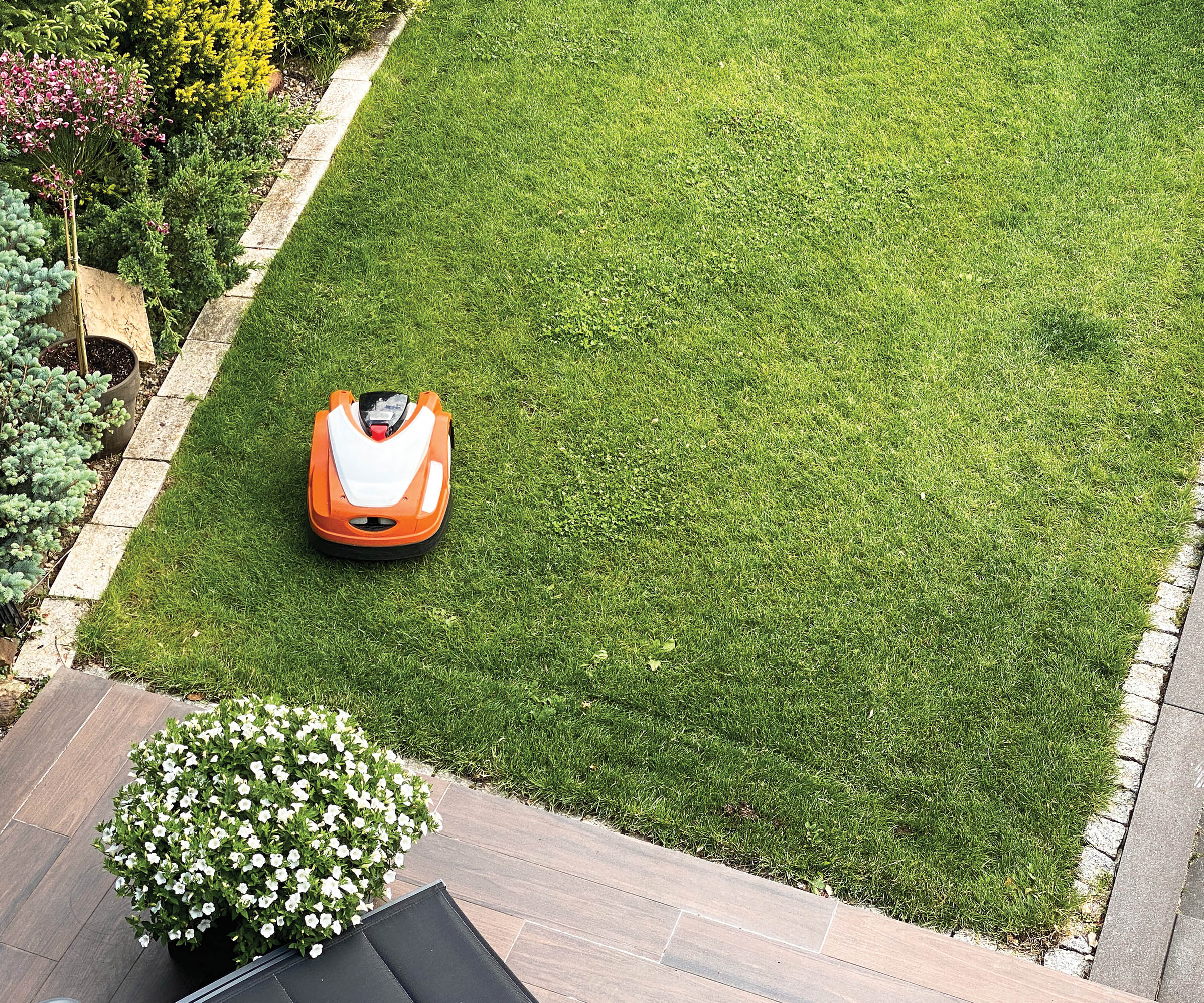
3. Improve drainage and airflow
Fiona Jenkins advises you, in order to treat moss in lawns, you’ll want to focus on aeration.
"Regularly aerating the soil will allow air to penetrate deeper, helping to reduce compaction and creating an environment that is less favourable to moss. You should aim to aerate your soil roughly once per year. Pay close attention to areas that are prone to moss growth," says Fiona.
Scarifying is also important. "Thatch can build up on the lawn and prevent water and nutrients from entering the soil. Dethatching removes this build-up and promotes much healthier grass growth," she adds.
Shop scarifiers

4. Treat bare patches
"Lawns with excess moss tend to have sparse, weak or patchy grass, which allows moss to get a foothold," says Jane Dobbs, garden maintenance expert at Allan's Gardens.
"That could be from drought, shade, mowing too short or low-nutrient soil. Wear and tear on turf, such as where kids play or where the grass is walked on, can cause moss," adds Jane.
Therefore overseeding bare patches on a lawn to maintain thick and healthy grass will make it less prone to developing moss.
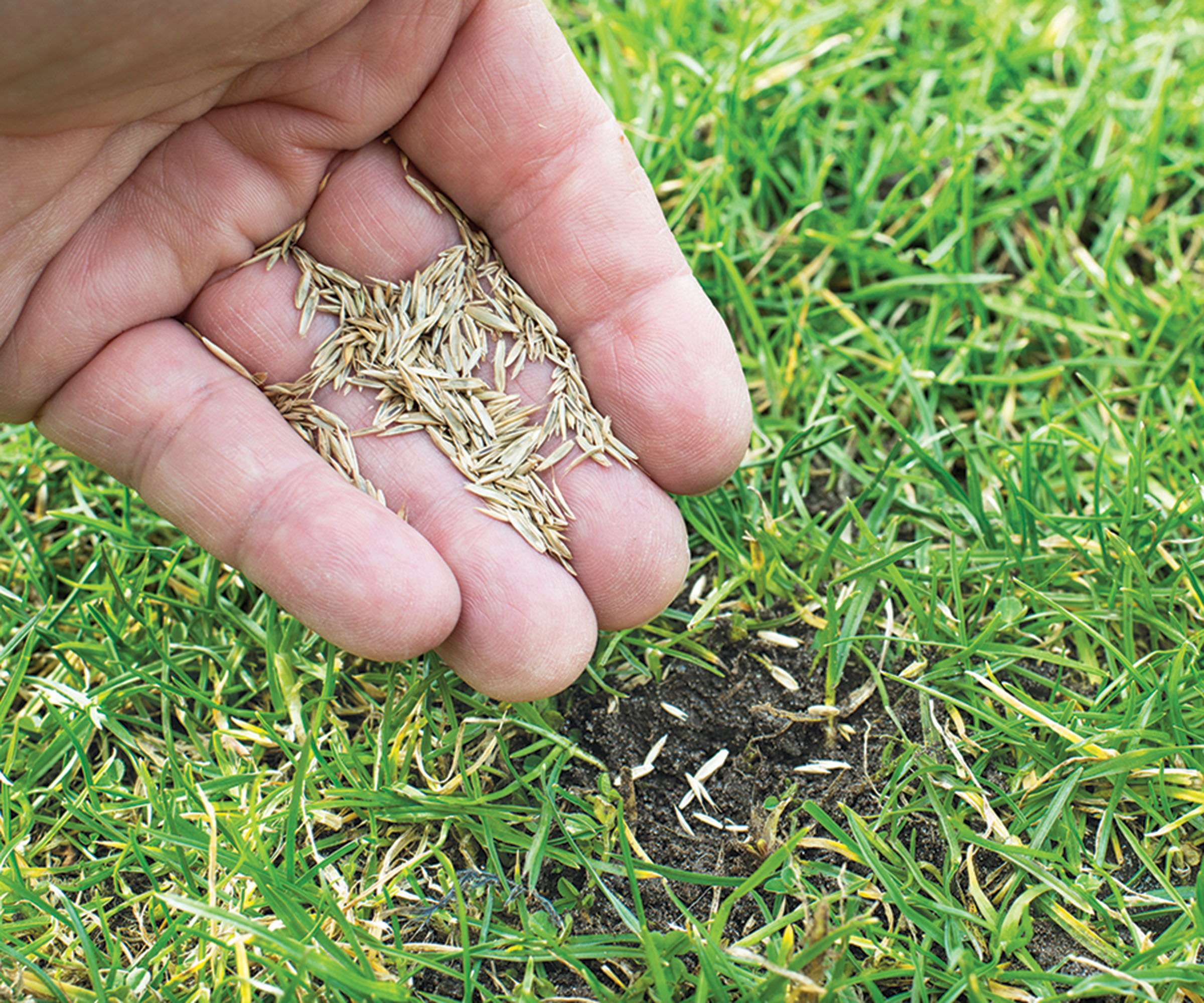
5. Fertilise an appropriate amount
Also, Fiona Jenkins advises you to fertilise the lawn regularly with a balanced fertiliser appropriate for your local climate and grass type. This will nourish the grass and make it less prone to moss growth.
However be wary of using too much fertiliser as this can actually end up promoting moss growth too. 'We suggest using fertiliser during the spring to help the grass recover from a wet winter. By using a fertiliser, the grass root system will also develop into a stronger network, which should make it more capable of withstanding future waterlogging,' advises William Mitchell proprietor of Sutton Manor Nursery.
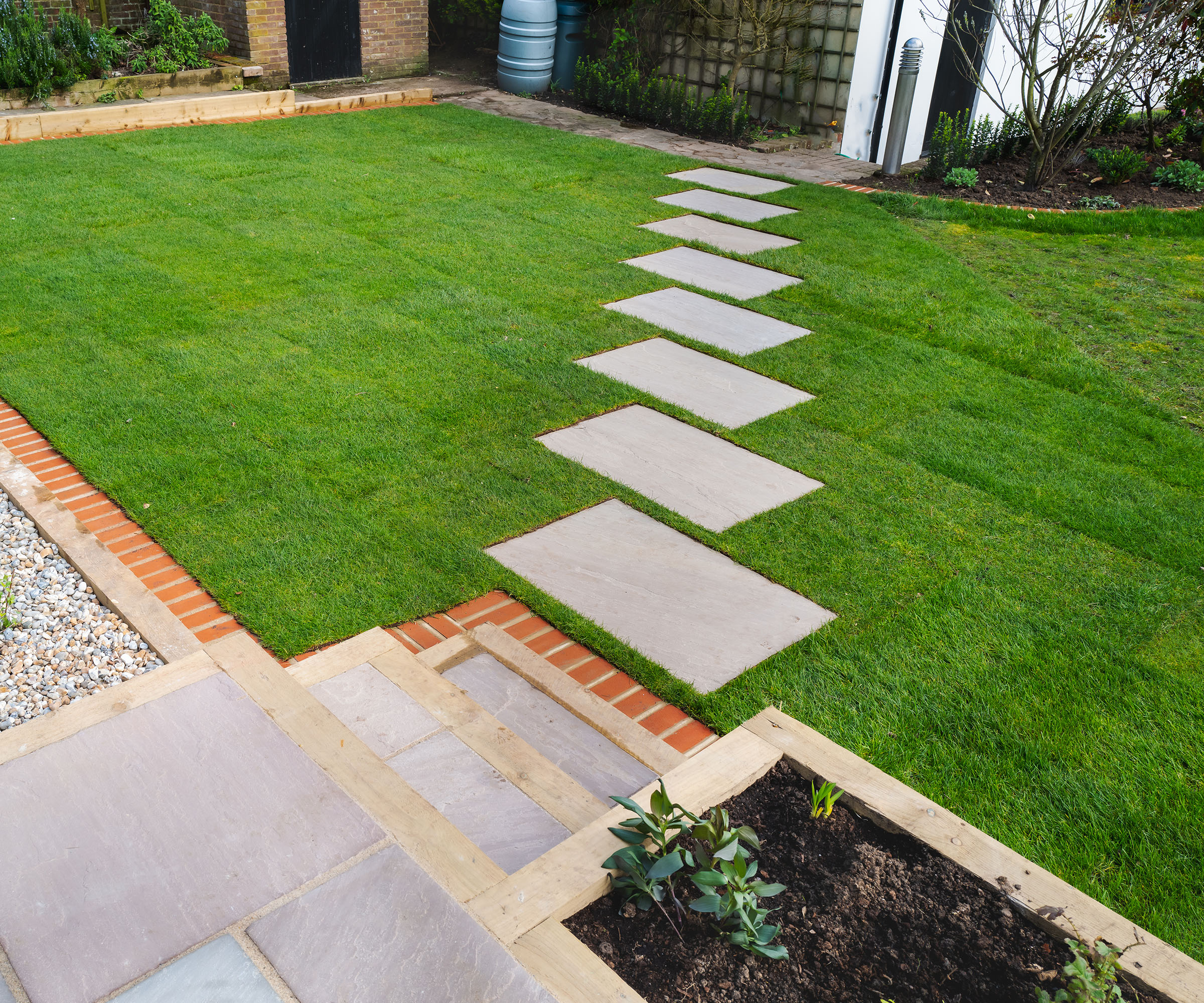
6. Use a moss killer product
According to the RHS, there are two types of chemical moss killers you can use: those containing sulphate of iron and moss killer combined with fertiliser, known as weed and feed.
'Moss killer containing sulphate of iron (or ferrous/iron sulphate) can be applied in autumn or spring,' say the RHS. 'The moss will blacken after two or three weeks, then needs to be raked out.'
Moss killers that are combined with fertiliser can be handy in cases where the grass is not growing well. One such product is Maxicrop Moss Killer + Lawn Tonic, from Amazon. Designed to be used between March to September, it contains natural organic seaweed and ferrous sulphate and starts killing off moss within hours.
You could try products such as Vitax Moss Remover (No Rake) available from Amazon. It feeds the lawn at the same time as containing natural bacteria that digest the moss. Do be sure to check the application instructions — some can only be used at certain times of the year and require you to mow the lawn, using the lowest height setting on your lawnmower before spreading.
"Iron-based treatments, particularly in liquid form, are highly effective as they dehydrate moss efficiently. It's crucial to apply these after scarification rather than before," adds David Hedges Gower chairman of The Lawn Association.

7. Try a natural product
"You can use natural moss control products that use iron, baking soda, vinegar or potassium salts, which are eco-friendly. Compared to traditional chemical moss killers, these products are less harmful to the environment," says Jane Dobbs.
"In a spray bottle, mix 2–3 tablespoons of baking soda with 1 quart of water until completely dissolved. Whenever it's warm and dry, thoroughly spray the moss with baking soda solution, avoiding grass and other plants. The moss will turn golden brown in 2–3 days. Then, remove the moss from your lawn by raking or digging it up. "
"Due to its acetic acid content, vinegar kills moss cheaply and safely. Mix 1 tbsp vinegar with 1 litre water. Put vinegar and water in a spray bottle, and spray it directly on the moss to soak it up. Apply it every day until the moss dies. You can add more vinegar if the solution doesn't kill the moss after a few days. Rake or dig up the dead moss once it's dry," says Jane.
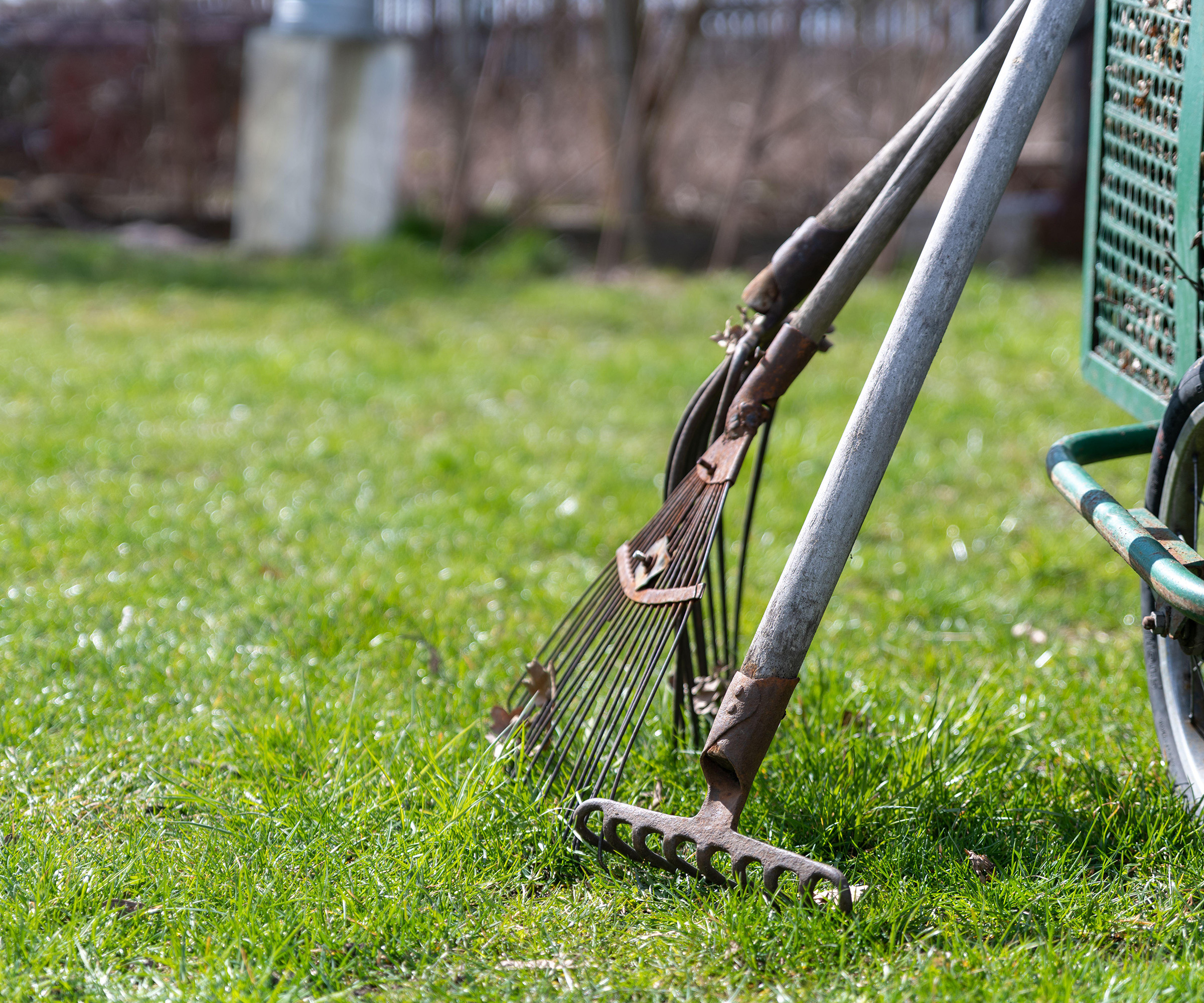

David is one of the UK's leading lawn experts, with over 30 years' experience in the industry. He is Chairman of the Lawn Association, an educational platform for homeowners and professionals, and founded the world's first lawn care qualification.

Responsible for leading the gardening team at Allan's Gardeners, a landscaping and lawn care business based in London. She has 10 years experience as a gardener.
FAQs
What causes moss in lawns?
There are several factors that can result in moss growing in your lawn. Some are temporary, caused by weather conditions, while others point to an underlying issue with your soil or ground conditions.
In some cases, it might be the condition of your grass and lack of lawn care that could be causing the moss to take hold. Patchy or thin grass gives moss the space to grow so needs to be remedied at all costs. Long dry spells, too much shade, cutting your grass too short, too much footfall and soil that is depleted of nutrients can all be reasons for sparse grass.
In addition, compacted and waterlogged soil can also cause moss to thrive. 'A waterlogged lawn will allow moss to grow and should be treated with a moss killer to prevent it from taking over your garden and allowing the lawn to thrive.
Can I get rid of moss in grass naturally?
There are several methods that can be used for removing moss from lawns, some involve the use of chemicals, others use specialist tools and there are also ways that rely on a wholly natural approach.
When it comes to chemical-free methods, you will be looking at the use of tools or natural moss removers – or both.
'Moss can be removed by raking or using a powered scarifier, or by applying a non-chemical, bacteria-based moss remover,' say the RHS.
A lawn scarifier is a machine designed to remove 'thatch' from your lawn. This is a thin layer of old grass stems, dead moss and things like leaves. This layer can become compacted onto your lawn and prevents water and nutrients from penetrating the soil beneath – they are available as manual models as well as electric and basically replace the need for raking.
'Remove loose moss in autumn by scarification or vigorous raking,' say the RHS. 'The aim is to remove all the loose debris, but not uproot the grass. On a small lawn or if the moss is only in a limited area, this can be done with a spring-tined rake. For a larger area, you could hire a mechanical scarifier.'
Another organic gardening approach is to use a non-chemical, bacteria-based product designed to add nutrients to your grass as well as remove the moss.
If you are looking to revamp your lawn, you can also read more about what tasks to do when with our expert lawn care calendar.

Teresa was part of a team that launched Easy Gardens in 2018 and worked as the Editor on this magazine. She has extensive experience writing and editing content on gardens and landscaping on brands such as Homes & Gardens, Country Homes & Interiors and Living Etc magazine. She has developed close working relationships with top landscape architects and leading industry experts, and has been exposed to an array of rich content and expertise.
In 2020 Teresa bought her first home. She and her partner worked alongside architects and builders to transform the downstairs area of her two bedroom Victorian house in north London into a usable space for her family. Along the way she learned the stresses, woes and joys of home renovation, and is now looking to her next project, landscaping the back garden.
